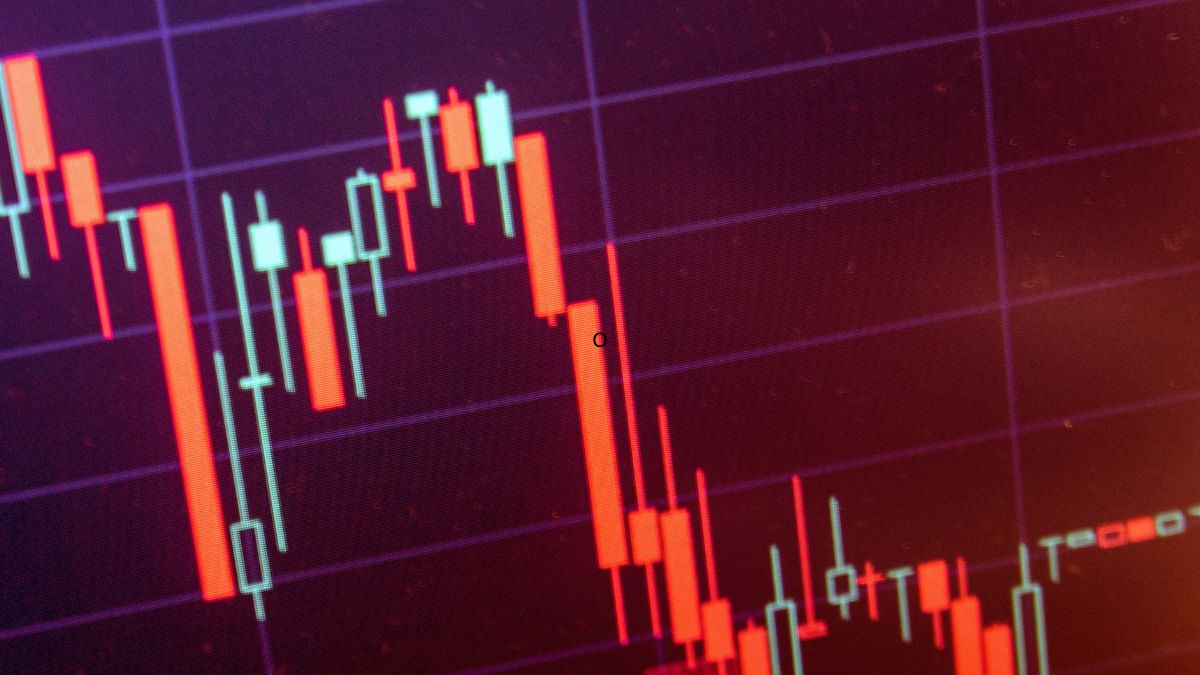Global markets have entered a steep correction phase amid rising fears of a full-blown tariff war. The current decline, spanning US, European, and Asian indices, has been attributed primarily to former US President Donald Trump’s announcement of aggressive import tariffs on key sectors like automobiles, semiconductors, and pharmaceuticals.
While the exact timeline for recovery remains uncertain, past trends indicate that markets usually rebound once clarity emerges around trade policies.
Trump tariffs and investor jitters spark global carnage
In recent trading, major indices have nosedived. The US benchmark Nasdaq fell 5.73% to 15,602.03, while the S&P 500 dropped 5.97%. Dow Jones Futures also slipped 2.29% to 37,438.44. European markets reflected similar weakness, with Germany’s DAX plunging over 5.2% and the UK’s FTSE falling by 5.21%.
The damage wasn’t limited to the West. Asian equities faced even deeper cuts, with the Hang Seng Index tanking by 10.98% and Taiwan Weighted Index falling by 9.71%. Japan’s Nikkei 225 was down 5.96% and Shanghai Composite lost 6.59%.
Back home, India’s Nifty and Sensex were down 3.91% and 3.65%, respectively, as of 10:50 AM on April 7, 2025.
Will US Fed action bring relief?
There is growing speculation that the US Federal Reserve might step in earlier than expected with a rate cut to stabilise sentiment. Bob Michele, Chief Investment Officer and Head of Global Fixed Income at JPMorgan Asset Management, recently pointed out that the back-to-back market drops seen on Thursday and Friday were among the worst historically—comparable only to the 1987 crash, the 2008 financial crisis, and the 2020 pandemic. In all three cases, the Fed acted swiftly with aggressive rate cuts, and Michele suggested this time might demand similar urgency, possibly even before the next scheduled meeting in May.
However, uncertainty clouds the path forward. On Friday, Fed Chair Jerome Powell acknowledged that tariff-driven inflation “could be more persistent,” signalling concerns over the evolving trade scenario. Meanwhile, former President Donald Trump has been urging the Fed to lower rates. Yet, not all policymakers are aligned—Federal Reserve Vice Chair Philip Jefferson remarked on Thursday that there is “no need to be in a hurry” to adjust rates. This divergence in views has added to the market’s cautious tone as investors await clarity.
No fixed timeline for recovery
There’s no official word or announcements yet on when global leaders may meet to discuss tariff de-escalation. Investors are advised to closely monitor macroeconomic cues and policy signals. While no one can predict the exact recovery date.
Disclaimer: This article is purely for informational purposes and aims to provide an understanding of the current market environment. It is not investment advice. Please consult your financial advisor before making any decisions.


